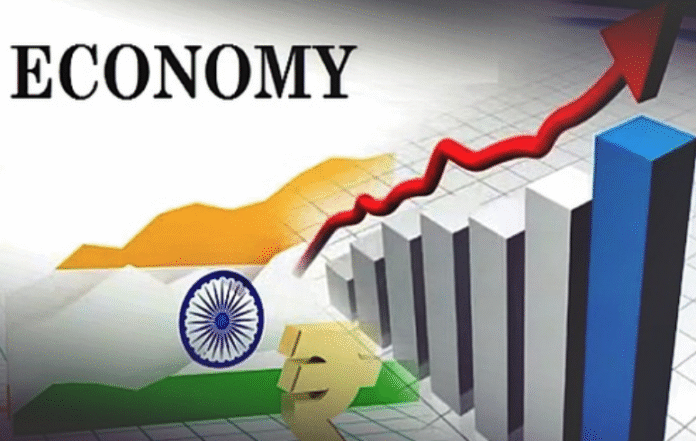New Delhi— India is poised to significantly outpace the economic growth of G7 nations, driven by strong structural advantages and robust macroeconomic fundamentals, according to a new report by wealth management firm Equirus released on Monday.
The report highlights several long-term growth drivers fueling India’s momentum, including policy-driven capital expenditure, a resurgence in rural consumption, and a shift in global manufacturing supply chains. These structural trends, the report says, place India in a far stronger position compared to many of the world’s advanced economies.
“India is no longer the world’s fastest-growing economy just on paper — it is structurally better positioned than most G7 nations. That’s a seismic shift,” said Mitesh Shah, CEO of Equirus Credence Family Office. He added that with global growth expectations being revised downward — especially for the U.S. — India is projected to contribute over 15 percent to global GDP growth between 2025 and 2030. In this context, Shah noted, strategic asset allocation across regions and growth cycles is no longer optional but a key driver of investment returns.
According to the report, India’s rural economy is now leading the country’s recovery. Rural demand for fast-moving consumer goods (FMCG) grew 6 percent, more than double the 2.8 percent growth in urban markets. Over the past decade, the gap in monthly per capita expenditure between rural and urban households has narrowed from 84 percent to 70 percent, signaling rising rural purchasing power.
The report also points to a surge in public investment, with central and state governments expected to ramp up capital expenditure by 17.4 percent following the recent national elections. This is supported by a ₹2.5 lakh crore liquidity infusion through phased cuts in the Cash Reserve Ratio (CRR).
India’s global competitiveness is further bolstered by favorable external conditions. A 6 percent decline in the U.S. Dollar Index (DXY) from its 2025 peak and stable crude oil prices around $70 per barrel have helped ease India’s import bill. These macro tailwinds provide added fiscal room for growth.
The report also notes the evolving ‘China +1’ strategy, with multinational corporations increasingly diversifying their supply chains away from China. India is emerging as a preferred alternative, with companies like Apple expanding iPhone production domestically, citing lower attrition rates, geopolitical alignment, and cost advantages.
Equirus challenges the relevance of the traditional 60/40 investment portfolio strategy — long seen as a reliable model for diversified returns — in today’s volatile global market. The firm argues that dynamic, forward-looking asset allocation across geographies and sectors is now essential to both capital preservation and alpha generation.
With India positioned as a structural outperformer, the report concludes that the country’s multi-engine growth — led by rising rural demand, public capex, and supply chain shifts — represents a compelling opportunity for long-term investors. (Source: IANS)








